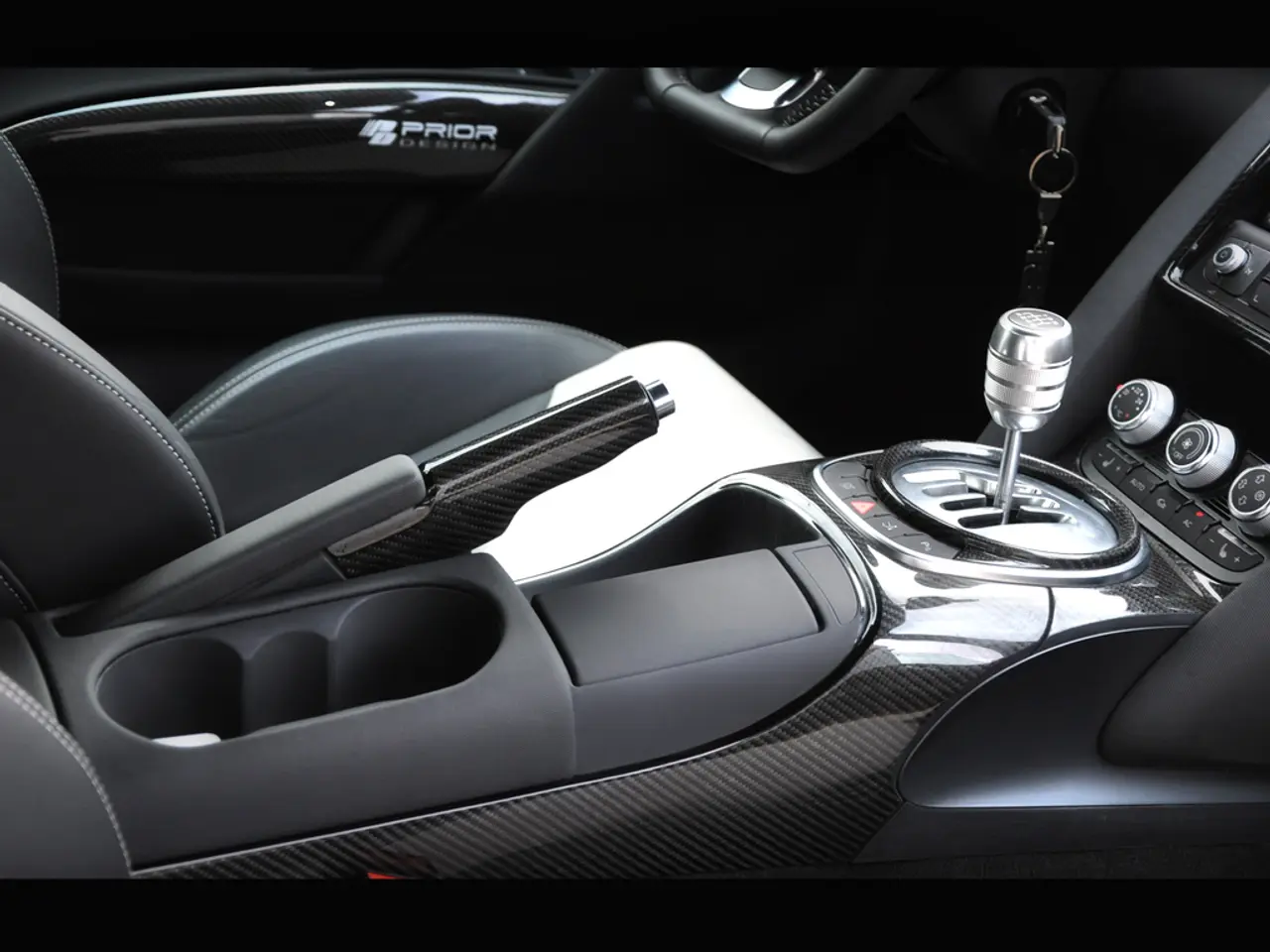Strategies for resolving Windows 10 File Explorer unresponsiveness towards hard drives
If you've encountered a situation where your external USB storage device is not appearing in File Explorer on Windows 10, there are several steps you can take to resolve the issue.
Check Physical Connections and Ports
First, ensure that the USB cable and the device itself are functioning properly. Try using a different USB cable and connect the drive to a different USB port or another computer to rule out hardware issues.
Disable USB Power Saving
In some cases, USB power saving settings might be causing the issue. To disable USB power saving, open Device Manager, expand "Universal Serial Bus controllers," open the properties of all "USB Root Hub" devices, go to the Power Management tab, and uncheck "Allow the computer to turn off this device to save power."
Update or Reinstall USB Drivers
If the external drive is not showing up in Device Manager, it might be due to outdated or corrupted drivers. Open Device Manager, find the external drive under Disk Drives, right-click it, and select "Update driver." If needed, uninstall and reinstall the USB drivers to fix driver-related issues.
Assign a New Drive Letter
If the device shows in Disk Management but not in File Explorer, assign a unique drive letter by right-clicking the USB drive in Disk Management, selecting "Change Drive Letter and Paths," then assigning a new letter.
Check Disk Management
Open Disk Management to confirm if the drive is recognized but unallocated or offline. You may need to initialize, format, or repair the disk if it is corrupted.
Run Windows Disk Repair Tools
If the drive appears corrupted, use "chkdsk" or Windows built-in repair utilities to fix file system errors.
If none of these steps work and Disk Management or Diskpart hangs or the device is detected in Device Manager but not accessible in File Explorer (with symptoms like system hangs on reboot), it may indicate deeper driver or Windows kernel USB subsystem issues. In such cases, further investigation or professional support is advised, especially if important data is at risk.
These methods cover common causes such as hardware connection problems, USB power management settings, driver conflicts, and disk recognition issues on Windows 10. If you're still experiencing issues, consider visiting our resources for more information on Windows 10: Windows 10 on our website - All you need to know.
Read also:
- Tesla is reportedly staying away from the solid-state battery trend, as suggested by indications from CATL and Panasonic.
- Tech giant Apple debuts sports app integrating betting odds provided by DraftKings
- California links 100,000 home storage batteries through its Virtual Power Plant program.
- Fortnite supporters experience uncertainty as Epic Games criticizes the CMA for postponing the iOS release in the UK




